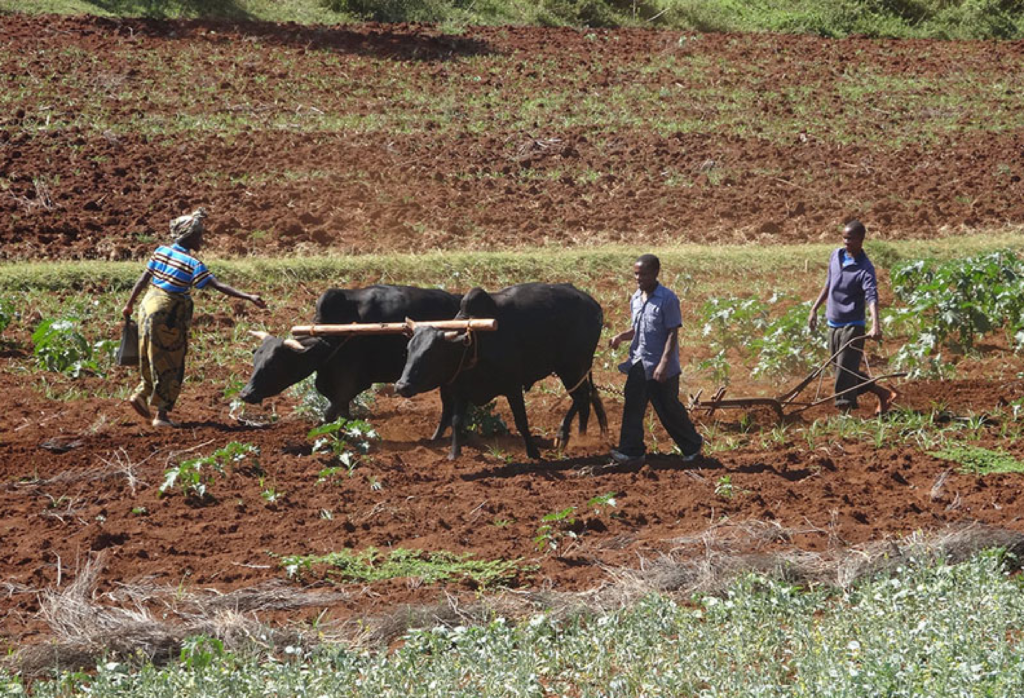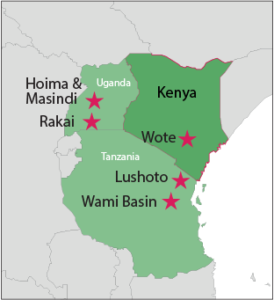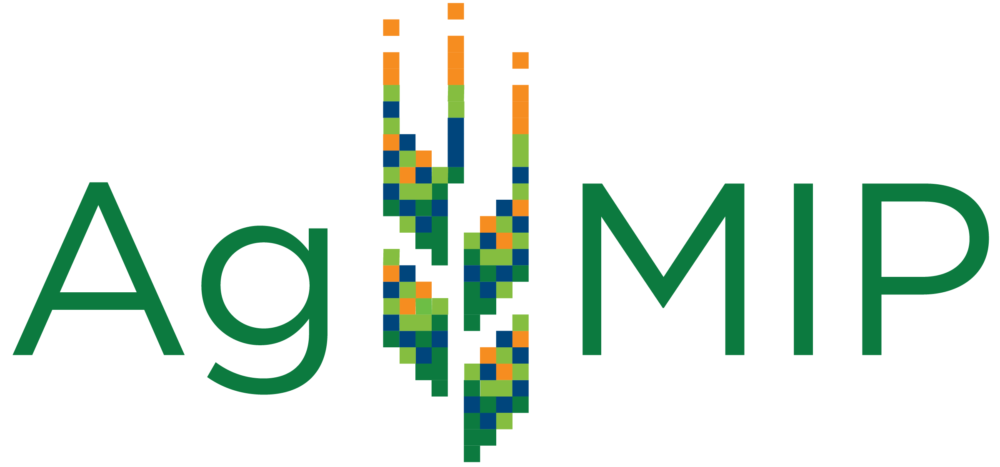East Africa

The East Africa research region targets study areas within Tanzania, Uganda, and Kenya. East Africa is susceptible to climate change implications that include: the warming of sea surface temperatures and subsequent droughts; changes in precipitation frequency and amount; more extreme events; and increased food insecurity. Focusing attention on region specific adaptation and mitigation methods is vital for projecting future climate impacts.
 The overall goal of Phase 2 (2015-2017) was to assist East African countries in managing climate change and variability related vulnerabilities through the integration of science based knowledge. This knowledge will be used to assist in national and local climate change adaptation strategies and action plans. East Africa built on Phase 1 research by developing full Regional Integrated Assessments (RIAs) based on sound scientific knowledge, integrating new knowledge into national and sub-national adaptation plans, and building capacity and robustness of analytical frameworks and tools. These assessments were co-developed through scientific sources and stakeholder engagement for the purpose of finding and presenting relevant findings to decision makers. This integration helped promote the usefulness of AgMIP’s tools and protocols for other applications, including food security, seasonal forecasting, and early warning systems.
The overall goal of Phase 2 (2015-2017) was to assist East African countries in managing climate change and variability related vulnerabilities through the integration of science based knowledge. This knowledge will be used to assist in national and local climate change adaptation strategies and action plans. East Africa built on Phase 1 research by developing full Regional Integrated Assessments (RIAs) based on sound scientific knowledge, integrating new knowledge into national and sub-national adaptation plans, and building capacity and robustness of analytical frameworks and tools. These assessments were co-developed through scientific sources and stakeholder engagement for the purpose of finding and presenting relevant findings to decision makers. This integration helped promote the usefulness of AgMIP’s tools and protocols for other applications, including food security, seasonal forecasting, and early warning systems.
Team members from Kenya, Tanzania, Uganda and Ethiopia comprise the East Africa Team. The project assessed impacts of climate variability and change on smallholder agricultural systems using calibrated climate, crop, livestock, and economic models. These impacts are assessed through comprehensive RIAs of climate change impacts on both the local and national scale with socio-economic scenario analysis. The East Africa team further advanced regional assessments for Uganda and Ethiopia (from Phase 1), while also upscaled its approach to a national level for Kenya and Tanzania.
Collaboration with stakeholders was made possible through the existing CCASA East-Africa network. Key stakeholders were engaged regularly throughout the project. Through CCASA East-Africa network engagement, the project expanded, and will continue to expand, stakeholder uptake and utilization of project outputs.
East Africa Team Members
| Lieven Claessens | Lead PI |
| Siza Tumbo | Co-PI |
| Gummadi Sridhar | Co-PI |
| Anthony Esilaba | Kenya coordinator |
| Moses Tenywa | Uganda coordinator |
| Caleb Dickson | Economic modeling; ARP |
| Fikadu Getachew | Crop modeling |
| Jemal Seid | Climate modeling |
| Adam Bekele | Economic modeling |
| Mary Kilavi | Climate modeling |
| Joseph Miriti | Crop modeling |
| Anthony Oyoo | Economic modeling; stakeholder interaction |
| Khamaldin Mutabazi | Economic modeling; TOA-MD |
| Ibrahim Kadigi | Economic modeling; TOA-MD |
| Barnabas M. Msongaleli | Crop modeling |
| Peter Mlonganile | Climate |
| David D. Maleko | Livestock |
| Majaliwa Mwanjalolo | Crop modeling |
| Patrick Musinguzi | Crop modeling |
| Josephine Nampiija | Crop Modeling |
| Carol Nandozi | Climate |
| Jackline Bonabana-Wabbi | Economics modeling; TOA |
| Kelvin Shikuku | RIA, TOA, economics |
| Caroline Mwongera | RIA, TOA, bio-physical |
| John Recha | Stakeholder liaison |
| Maren Radeny | Stakeholder liaison |
